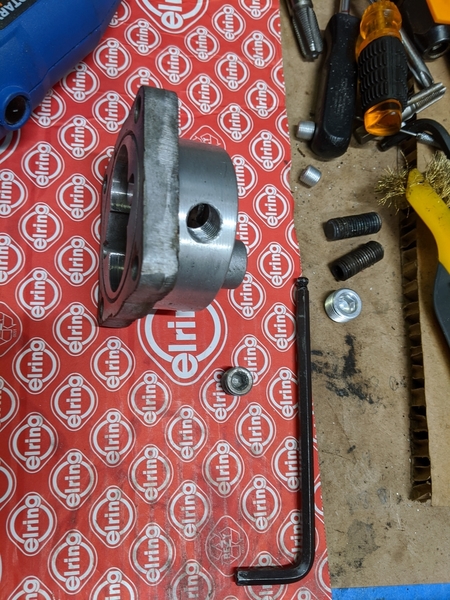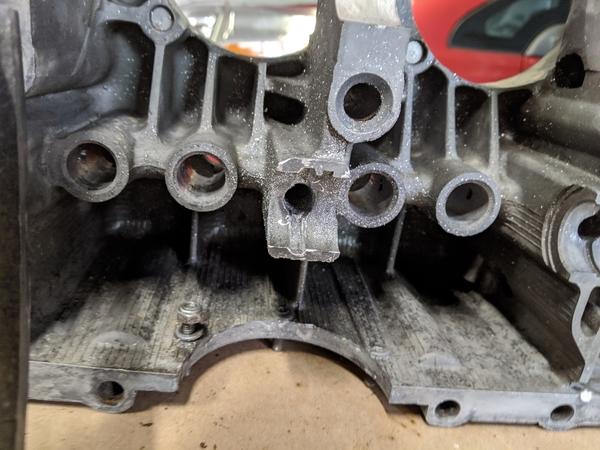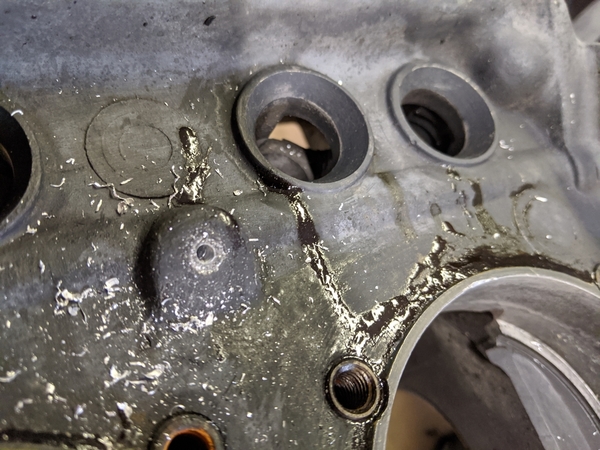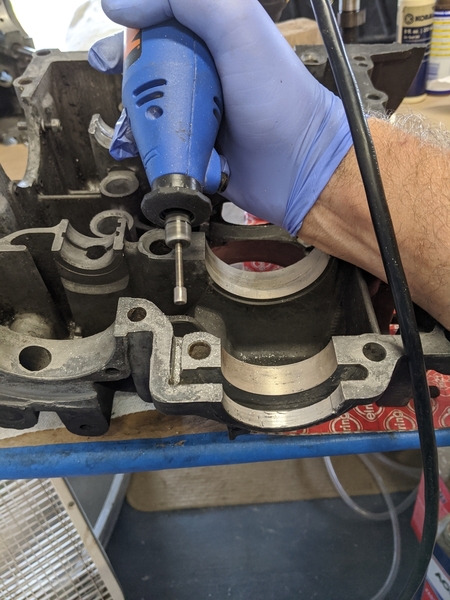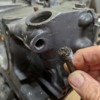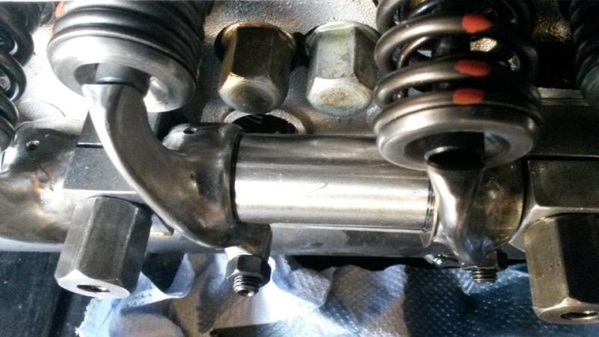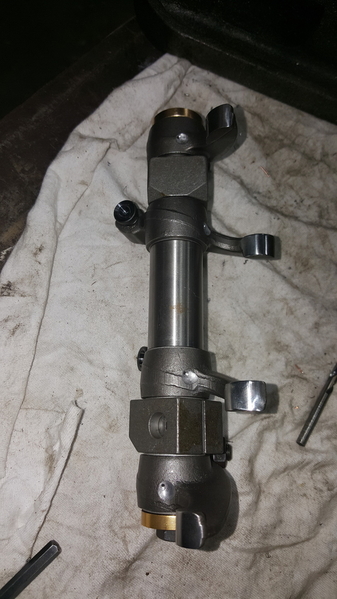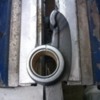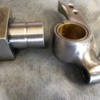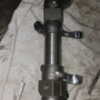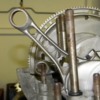A old guy guy in my town was a "Rock Breaker". It said so on his Business card: "Arthur Harris - Rock Breaker". I believe he was also a Navy Construction Battalion Veteran who liked to build things.
He had a torch that he built that included a round, 5-gallon tank built onto a dolly, with a pump in the tank that looked similar to a bicycle pump, a pressure gauge, a sealing filler cap and an outlet connection with a 15' hose. The torch sounded similar to what Bruce built, but it had a steel fuel line going towards the front, did a 180º turn-around, then made into a 3"-4" diameter coil about 8" - 10" long going back towards the base, did another 180º and then had an end that looked a lot like an oil burner fuel nozzle. The nozzle was aimed so that the flame went right out through the middle of the fuel line coil to pre-heat the fuel and add a little fuel pressure.
Fill the tank 1/2-3/4 full of Kerosene and pump it up to 15-20 pounds of pressure, turn on the valve and light the thing. It would give a big "POP" and a pitiful flame (2 - 3 feet) and a little whoosh until that coil up front got hot and then the tip pressure increased one hell of a lot and the flame would grow to 6' - 10' long and sound like a Sabre Jet. It was pretty hot and went Orangy-Blue when it was really cooking.
He then had a tripod stand to hold the torch end and aim it at a rock....Say, the size of a Prius or so. He would get the rock warm enough in one area to show the stress fissures and re-aim the torch right at a fissure, pump it up a few more pumps to get a flame ball about 4' in diameter and then sit back, smoke his pipe and read the newspaper, occasionally give it a pump or two.
Every once in a while (you can't rush this stuff) he would pick up a 5 pound hammer and walk over to the rock, look at the fissures and, if it was ready, give it a good rap at the end of a fissure and, more often than not, a huge chunk of the rock would break off. He would re-position the torch head and repeat. Breaking up a rock the size of a Prius took less than an hour. I think it also gave him a nice, tan, too. He said that the granite rocks would hold their heat for a day or so after his visit.
That's what they did before inventing pile-driver rock crushers, I guess.


